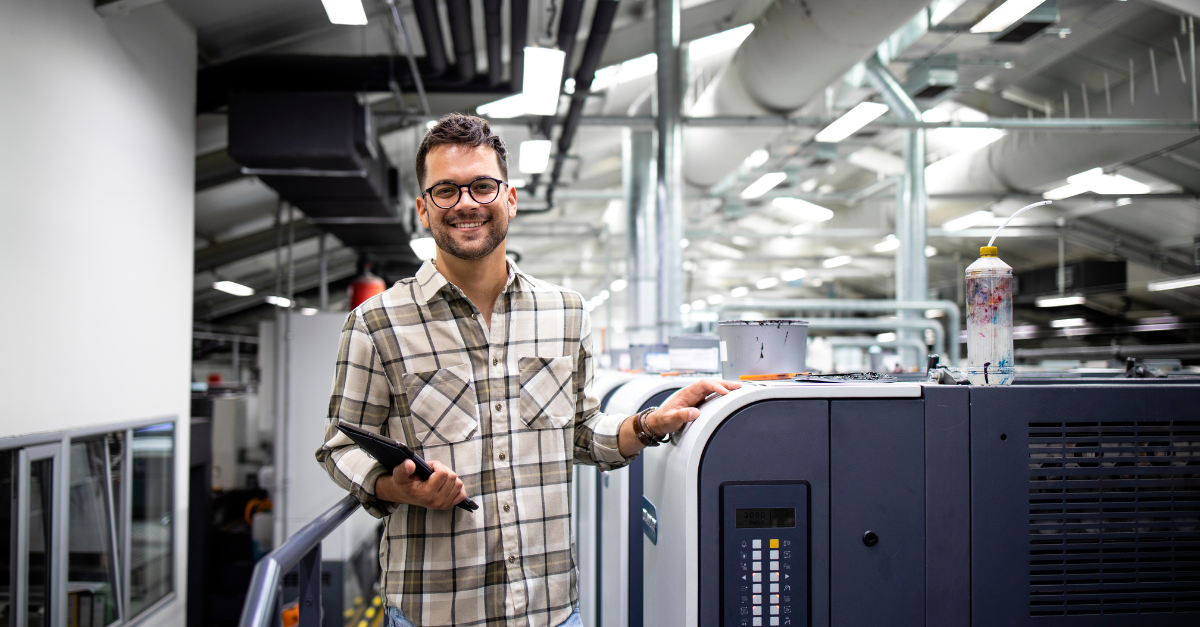Replicating 3D Printers – the future of Space manufacturing and living?
We’ve heard a lot about how 3D printing is the future of space exploration. One of the reasons the technology is so critical to space travel is that having a 3D printer on board a spacecraft allows astronauts to 3D print replacement parts, tools and other supplies. In addition, future missions that involve extended stays on the moon and Mars will rely heavily on 3D printers to fabricate everything from tools to dwellings upon arrival – you can’t carry a house with you when traveling into space, after all.
Multiple research institutions and space agencies are working on developing 3D printing material from simulated lunar and Martian soil so that travelers won’t even need to bring materials to the moon – they’ll be able to use the dust and soil they find there. All that will be needed is the 3D printer itself – but what happens if that 3D printer breaks or malfunctions? How many 3D printers do we need to carry with us into space to ensure that we always have a backup?
Maybe only one, if researchers at Ottawa’s Carleton University succeed in their current work. A team led by Alex Ellery, an Associate Professor in the Department of Mechanical and Aerospace Engineering, is working on developing entirely self-replicating 3D printers that can create copies of themselves with lunar regolith. The project is quite a challenge; although the model is based on the RepRap 3D printer, it goes far beyond it. Today’s self-replicating 3D printers can print only their plastic parts; the motors and electronics are installed separately. Ellery and his team want to create a 3D printer that can print every single one of the necessary components to build a copy of itself.
Currently, the team is using a combination of plastic and iron filings to 3D print the printer’s stator and rotor.
“We need to maximize magnetic threading through the rotor, which requires more iron, but minimize eddy currents in the stator, which requires less iron,” Ellery said. “So we have been varying the amount of iron in the plastic matrix.”
According to Ellery, elements for creating a similar mixture could be extracted from the lunar soil. A robotic arm attached to the 3D printer would scoop up the soil and heat it to about 900ºC, using a fresnel lens to focus sunlight. Doing so would remove volatile gases from the soil, at which point a component called ilmenite would be separated and used to extract iron.
“Although we are using [polylactic acid] plastic [to 3D-print components], I envisage replacing this with silicone plastic — this can be manufactured from lunar volatile carbon compounds and lunar water,” said Ellery.
To 3D print the motor, the researchers plan to replace the motor’s wire coils with aluminum coils printed onto a PLA substrate. To adapt that to the moon, the aluminum would be replaced with fernico, an iron-nickel-cobalt alloy, and the PLA would be replaced with a ceramic substrate made from melted lunar soil.
The magnetic field produced by the aluminum coils printed on the PLA is weak at the moment, according to Ellery, so the researchers are trying to come up with a way to add more layers to increase the amount of current.
“But eventually, what we will do is that we will integrate that into the motor so that will give us a complete core, which is 3D-printed,” he said.
Ellery thinks that he’ll have a fully functional 3D printed motor in as little as a few months’ time. The electronics will be a bit more tricky, but he believes that they, too, can eventually be 3D printed.
“We have looked at vacuum tubes because trying to create solid-state electronics would be virtually impossible on the moon,” Ellery said. “If you use vacuum tubes, the only materials you need are nickel, tungsten, glass, essentially, and Kovar, all of which you can make on the moon.
“Although we are using [polylactic acid] plastic [to 3D-print components], I envisage replacing this with silicone plastic — this can be manufactured from lunar volatile carbon compounds and lunar water,” said Ellery.
To 3D print the motor, the researchers plan to replace the motor’s wire coils with aluminum coils printed onto a PLA substrate. To adapt that to the moon, the aluminum would be replaced with fernico, an iron-nickel-cobalt alloy, and the PLA would be replaced with a ceramic substrate made from melted lunar soil.
The magnetic field produced by the aluminum coils printed on the PLA is weak at the moment, according to Ellery, so the researchers are trying to come up with a way to add more layers to increase the amount of current.
“But eventually, what we will do is that we will integrate that into the motor so that will give us a complete core, which is 3D-printed,” he said.
Ellery thinks that he’ll have a fully functional 3D printed motor in as little as a few months’ time. The electronics will be a bit more tricky, but he believes that they, too, can eventually be 3D printed.
“We have looked at vacuum tubes because trying to create solid-state electronics would be virtually impossible on the moon,” Ellery said. “If you use vacuum tubes, the only materials you need are nickel, tungsten, glass, essentially, and Kovar, all of which you can make on the moon.”
Written by Clare Scott for 3dprint.com











